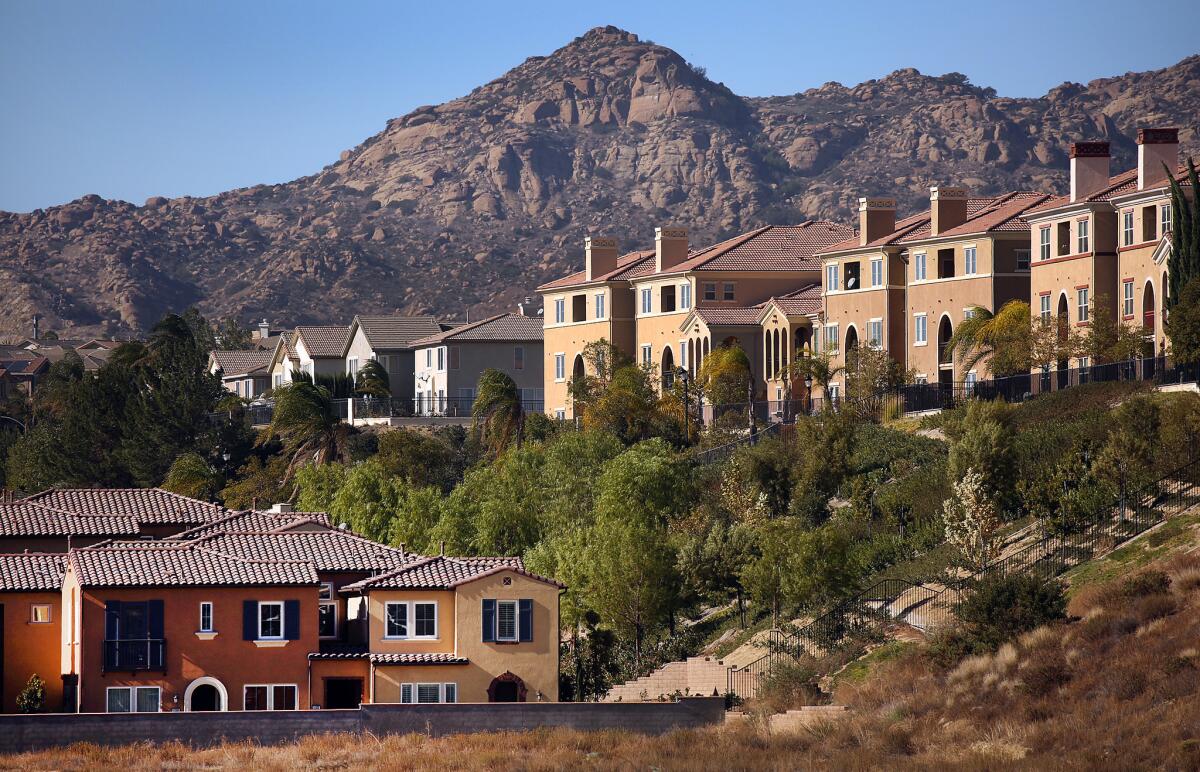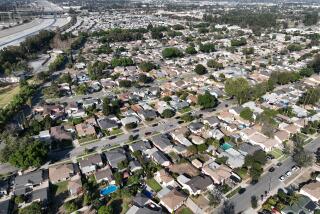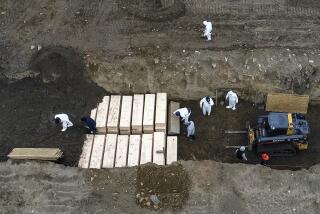Letters to the Editor: Urban sprawl is bad for your health, with or without the coronavirus

- Share via
To the editor: There are two major fallacies in Joel Kotkin’s argument that low-density sprawl might explain the lower impact of COVID-19 in Southern California compared to New York.
First, density does not explain infection and death rates in this pandemic. Hong Kong, Taipei and Seoul are vastly more dense than Los Angeles, but the impact of COVID-19 there has been much, much less. Why? Because they responded quickly with quarantines, testing and contact tracing. How do you explain that COVID-19 deaths per capita in Los Angeles County are more than 3.5 times that in much denser San Francisco?
Second, we have 20 years of research showing higher-density, mixed-used, pedestrian-oriented communities are healthier than low-density suburbs in terms of physical activity, obesity, diabetes and heart disease. It is the people with these conditions who are most likely to die from COVID-19.
The conclusion that we should build more sprawl to improve health is a dangerous one.
James Sallis, San Diego
The writer, a professor of family and preventive medicine at UC San Diego, is a researcher on urban planning and exercise.
..
To the editor: Whether or not density contributes to COVID-19-caused deaths, a backyard, a swing and a pool (if you are lucky) make home quarantine infinitely more pleasant.
I brought my daughter home from New York early in this pandemic; otherwise she would have been sheltering in an 18-story building with only one person allowed in the elevator at a time, no green space and difficulty even going for a walk while maintaining social distancing.
If we want to house people and cut down on pollution, why not build bullet trains to Victorville, Palmdale, Riverside and other inland areas so people can live the way they want and still get to work easily?
Larry Eisenberg, Los Angeles
..
To the editor: Having monitored the New York Times’ COVID-19 mapping and the Los Angeles Times’ coverage, I note that New York seems to be an exception globally and a poor comparison to Los Angeles.
Why are the infection and death rates in New York and suburban Nassau County, which is a better parallel to Los Angeles, higher than in Europe and Asia’s denser, more transit-rich urban centers? Could it be that our broken partisan political system and world’s most expensive private health system are to blame?
Suburban sprawl has damned our planet with the climate change impacts of extreme heat and polluted air, water and soils. We have ravaged our environment for the benefit of the humans who need a detached house, a three-car garage and the privacy of their own vehicle.
Density and civic treasures of fine parks, museums and accessibility are the answer for a sustainable future. Sprawl will kill us and the other 99.9% of the other species on this planet unless a pandemic and lack of political leadership smite us first.
Esther Margulies, Venice
The writer is an associate professor in the USC School of Architecture who has worked on urban infrastructure and planning projects.
..
To the editor: Kotkin is probably correct to hypothesize that L.A.’s car-centric commuting style has reduced the spread of COVID-19 here. But then he takes that hypothesis to the utterly unjustified conclusion of “density is bad, sprawl is good.”
Yes, the pandemic is a horrible disaster. But over a period of decades, the 200,000 Americans annually who die early because of sprawl-induced air pollution completely eclipse the expected long-term effects of COVID-19 and influenza combined.
No matter how much Kotkin disagrees with “urban planners and pundits,” sprawl is not a route to saving lives.
Geoff Kuenning, Claremont
More to Read
A cure for the common opinion
Get thought-provoking perspectives with our weekly newsletter.
You may occasionally receive promotional content from the Los Angeles Times.










